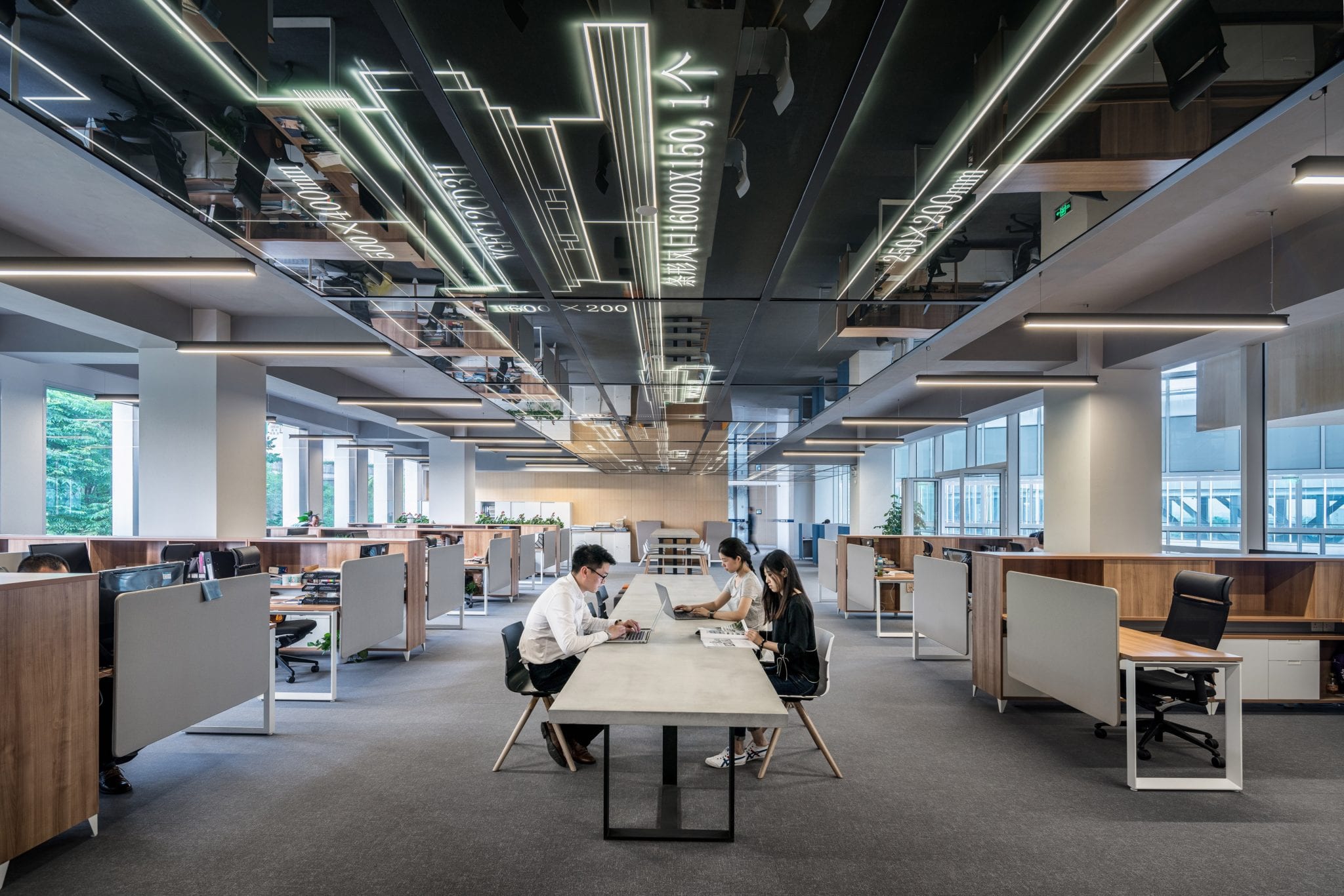As domestic responsibilities conflict with business responsibilities, many entrepreneurs discover that work-at-home becomes more of a home-at-work situation. And what was supposed to save time and money really costs time and money. So, what’s the difference between “executive suites,” and “coworking” offices”? While there is no apparent distinction between the two names, this article outlines the key differences between the two.
https://flydesk.com/singapore-office-space/
Executive suites
In different regions of the world, executive suites are referred to as serviced offices or business centers. These organizations provide office space as well as common amenities such a lobby, business services, furniture, and a kitchen. Suites often include a full-time live receptionist, while some modern locales add digital visitor management technologies to the mix.
The majority of executive suites are ready to use right out of the box. You and your team sign the contract and are ready to move in. Everything is usually one price – an office with a lockable door, furnishings, phone, and internet. Typically, leases are for one to three years.
Small service organizations aiming to make a professional impression on clients should choose executive suites. If you’re an accountant or lawyer, for example, a potential customer pays you a visit in an office building in a prime location. The lobby of the suite is tastefully decorated. Many executive suites have minimal signage, giving the appearance that your company occupies the entire room. You now have a professional environment that you can afford, which is something to consider if you want to be trusted with people’s taxes or serious legal concerns.
Coworking
In a shared office environment, coworking allows people to work individually or collaboratively. The notion that cooperative office space attracts tech businesses has some merit. Coworking, on the other hand, appears to be beneficial to telecommuters, freelancers, and the self-employed, according to research. Affordability and opportunity for networking and social contact – community – are the main advantages.
A subscription is normally required to use a coworking space. You may be entitled to your own personal workstation, such as a desk, as part of your membership. Work places are available on a first-come, first-served basis in some memberships.

The majority of coworking spaces offer 24-hour access, conference rooms, Wi-Fi, shared office equipment, and a public lounge. The majority of the spaces are in trendy areas of town. Some provide amenities you’d expect from a tech firm, such as a fitness center, bike storage, and video games. Many also host coworking events, which add to the sense of community.
Before signing up for executive suites, coworking memberships, or shared office space memberships, ask yourself the following questions.
- Do you need to boost productivity but don’t have time to meet with clients in person? Many of the services associated with conventional office environments appear to be unnecessary. You might wish to consider co-working.
- Do you or your team have to meet with clients on a frequent basis? If that’s the case, you might want to consider a more professional setting such as an office or executive suite.
- Do you just need a space to work or do you need a more private environment? The key to picking the correct style of workspace is to understand how you work best.
- How much money do you have? It’s not about breaking the bank; it’s about increasing productivity.
It makes a significant difference to work in the correct setting. Make an informed decision.

